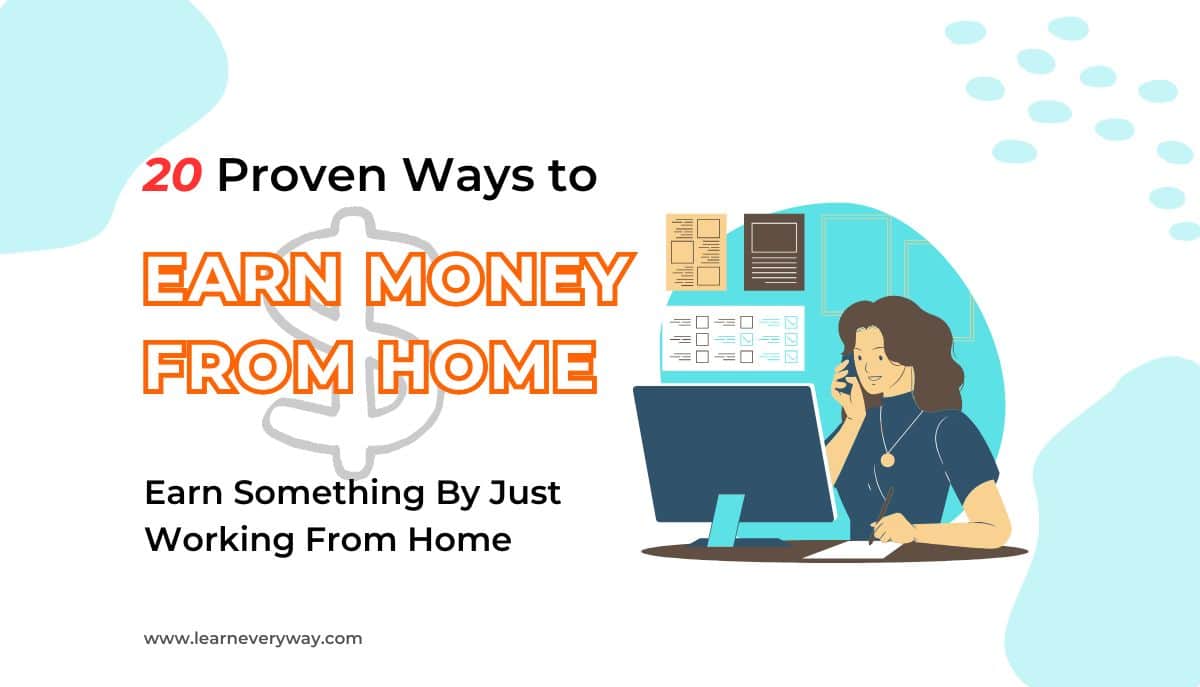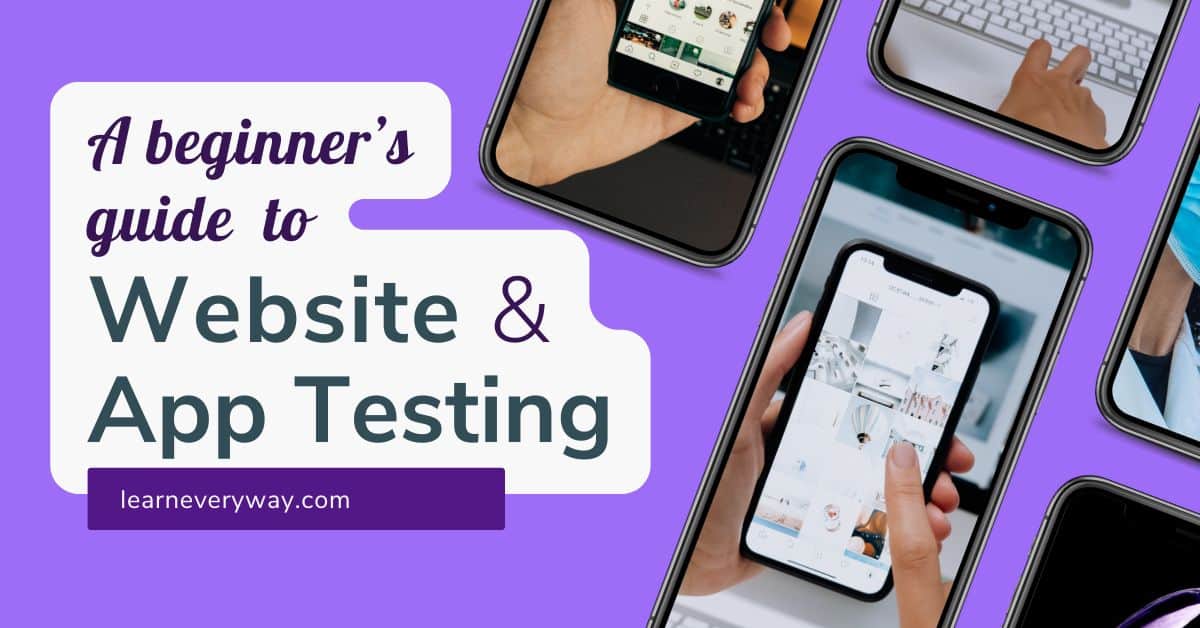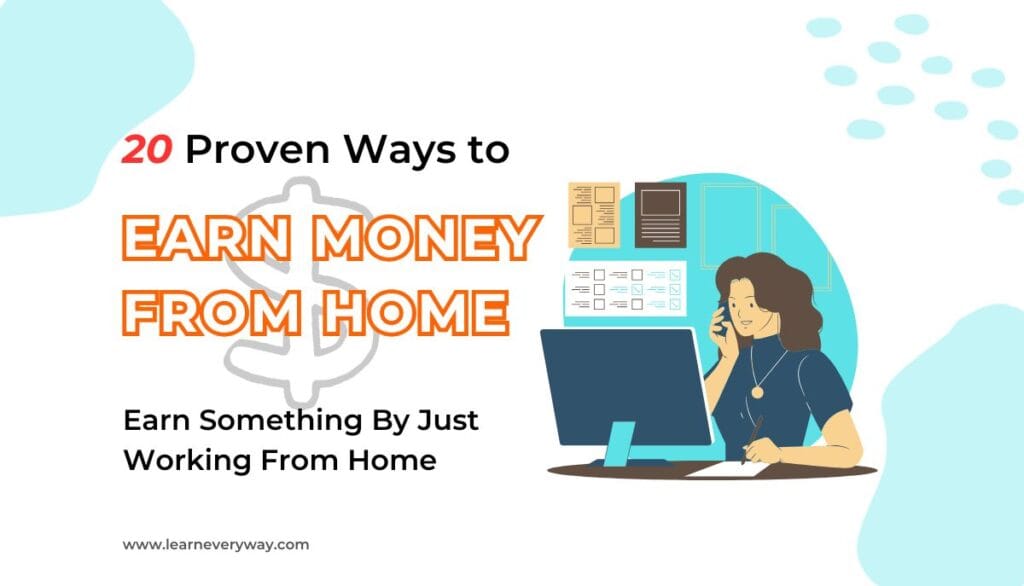Some of the links in this article are affiliate links, which means I may earn a small commission if you sign up or make a purchase through them, at no additional cost to you. Please note that my opinions and experiences are based on my own research and use of the platforms. I only recommend products and services that I believe will be valuable to my readers. Thank you for supporting my work!
1. Introduction: How to Get Started as a Voiceover Artist
If you’re wondering how to get started as a voiceover artist, you’re not alone. Many people, including myself, have looked at this path with curiosity and excitement. In this guide, I’ll take you through everything. We’ll cover how to become a successful voiceover artist, tools you’ll need, and tips and strategies to stand out. This isn’t about overnight success. It’s about real steps you can follow and you’ll find opportunities to Learn Every Way to grow.
2. What Is Voiceover Work?
Voiceover (VO) is the art of using your voice to tell stories, explain ideas, or bring characters to life. You’ve heard voiceovers in:
- Cartoons and animations
- Audiobooks
- YouTube videos and tutorials
- Commercials
- Radio
- Movie trailers
- Video games
- Corporate training videos
- E-learning content
Voiceover artists don’t just read scripts. They act with their voice. The goal is to make words feel alive. If you can express emotions clearly and adapt to different tones, you have the foundation already.
3. Why People Choose Voiceover Careers
The voiceover industry offers flexibility, creativity, and freedom. Here are a few reasons why people (including me) love this career path:
- Work from home (or anywhere)
- Flexible hours
- Variety in projects
- Creative expression
- Growing demand in digital media
- Good income potential
- Side hustle or full-time career
Whether you’re starting as a side gig or aiming for a full-time role, voiceover fits around your life.
4. Step-by-Step: How to Get Started as a Voiceover Artist
✅ Discovering Your Voice
Your voice is unique. You don’t need a deep voice or a “radio voice” to succeed. You need to know what your voice can do. Here’s how to discover your range:
- Read different types of scripts aloud: ads, narrations, dialogues
- Try different tones: energetic, calm, playful, emotional
- Record and listen back to find what sounds natural and engaging
✅ Practicing Daily
Like any skill, voiceover improves with practice. Every day, read something aloud for 10–20 minutes. Practice makes you comfortable, clear, and confident.
Use long-tail keywords like:
- “daily voiceover practice routine”
- “how to practice voiceover scripts at home”
✅ Voiceover Training and Coaching
Getting professional training will save you time and mistakes. Coaches help with delivery, acting skills, and script analysis.
You can find voiceover training here:
These platforms also give you networking opportunities and demo feedback.
5. Setting Up a Home Voiceover Studio
This is where most people feel stuck. But it’s easier than you think. I started in my closet with a USB mic and a blanket. Now I’ve got a full home booth.
Here’s what you need:
🎤 Essential Equipment
| Equipment | Recommended Option (Affiliate Potential) |
|---|---|
| Microphone | Rode NT1-A, Audio-Technica AT2020 |
| Audio Interface | Focusrite Scarlett 2i2 |
| Headphones | Audio-Technica ATH-M50x |
| Recording Software | Audacity (Free), Adobe Audition |
| Pop Filter | Neewer or Aokeo Pop Filter |
| Acoustic Treatment | Foam panels, blankets, or portable vocal booths |
6. How to Create a Voiceover Demo That Stands Out
Your demo is your business card. It tells people what you can do in 60 seconds.
What to Include:
- 3–4 styles (e.g., commercial, narration, character)
- Your natural speaking voice first
- 10–15 seconds each style
Record in a quiet space. If you’re unsure, hire a professional editor. Some online coaches offer demo production services too.
7. Where and How to Find Voiceover Jobs
Once your demo is ready, you can start applying to jobs.
Best Platforms for Beginners:
- Voices.com
- Fiverr
- Upwork
- Bunny Studio
- Voquent
- ACX (Audiobook Creation Exchange)
Create a profile with samples, clear tags, and good reviews.
8. Building Your Voiceover Brand and Online Presence
You don’t need to be a marketing expert, but having an online presence helps a lot.
Your Website Should Have:
- Your demo reel
- A short bio
- Contact info
- Services you offer
- Client testimonials
Use a website builder like:
- Wix
- Squarespace
- WordPress
Also, create:
- A LinkedIn profile
- A YouTube channel (to share your voice samples)
- Instagram or TikTok (to share behind-the-scenes or tips)
9. Tips and Strategies to Stand Out as a Voiceover Artist
This is where your long-term success grows.
- Be consistent
- Keep learning
- Ask for feedback
- Niche down: e.g., audiobook narrator, corporate explainer voice
- Deliver fast and communicate well
- Keep a spreadsheet of clients and rates
- Say “yes” to small gigs early on
If you specialize, you become the go-to person in that area.
10. The Business Side: Invoicing, Pricing, and Contracts
Voiceover is a business, so treat it like one.
Set Your Rates:
Use tools like GVAA Rate Guide
Invoice Tools:
- Wave
- PayPal Business
- FreshBooks
Always use a contract—even for small gigs. It protects both sides.
11. Common Challenges and How to Overcome Them
🎧 Challenge: “I don’t like how I sound.”
Solution: Everyone feels that. Keep recording. You’ll grow into your voice.
📉 Challenge: No jobs at first.
Solution: It takes time. Apply daily. Improve your demo. Be patient.
🧱 Challenge: Too much competition.
Solution: Find your niche and specialize. Maybe you’re great with tech explainers or children’s stories.
12. Continuous Growth: Learn Every Way to Improve
You never stop learning in voiceover. Even top artists still train.
Ways to improve:
- Join webinars and coaching sessions
- Watch YouTube tutorials (free and in-depth)
- Try different genres: meditation, horror, comedy
- Take improv or acting classes
Learn Every Way to grow. Practice, train, explore. Stay curious.
13. FAQs: Best SEO & Readability Practices
Q1: How do I become a voiceover artist with no experience?
Start by practicing at home, recording your voice, and creating a demo.
Q2: What equipment do I need for voiceover work?
A quality mic, headphones, recording software, and soundproofing.
Q3: How much can I earn as a voiceover artist?
Beginners can earn $30–$200 per gig. Pros make $500+ per session.
Q4: Where do I find clients?
Online marketplaces, direct outreach, social media, and referrals.
Q5: Is voiceover a good side hustle?
Yes! Many start part-time and grow into full-time professionals.
14. Conclusion: Your Voiceover Journey Starts Today
If you’ve read this far, you’re serious—and that’s a good sign. You now know how to get started as a voiceover artist. You have tools, tips, and resources. The next step is action.
Start recording. Set up your studio. Learn Every Way to improve. There are voices waiting to be heard—and one of them is yours.







